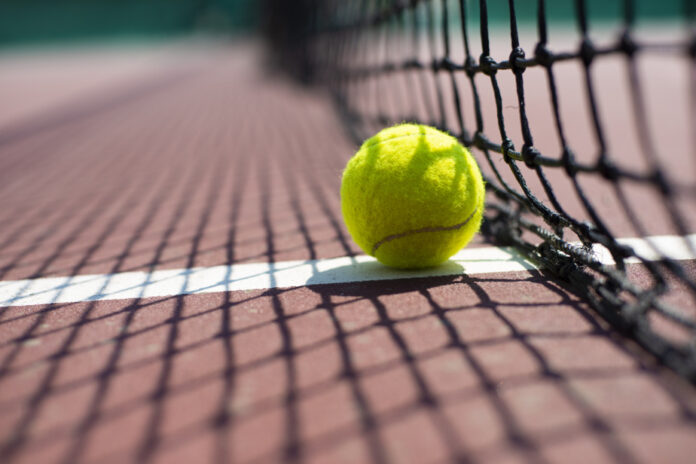Four hundred years. This is the time it takes for a tennis ball to decompose. In an effort to give back to the sport that has given him so much, entrepreneur Pierre Langlois launched Recycle Balles Canada, an initiative that recycles up to 100,000 tennis balls per year in Quebec.
Pierre Langlois played tennis as a semi-professional for many years. The sport even allowed him to meet his wife at a tournament in Europe. Together they had four children, all tennis players, you guessed it. Tightly knit, the family traveled all over the world, visiting the most beautiful grounds: Wimbledon, Indian Wells, Roland-Garros.
“It’s become like a way of life,” says the 60-year-old in an interview with La Presse.
Mr. Langlois, who has also been President of Econoler since 2002, has been heavily involved in the development of tennis in Quebec City over the years. “Tennis has given me a lot, so you have to give back,” he said.
Eight years ago, he was the one who put everything in place to create the Rouge et Or tennis program at Laval University. He wanted to offer students what he himself would have dreamed of having. Then he wanted to “hire quality coaches” for the athletes, he explains. But to get there, he had to find a source of funding.
It was there, at this precise moment, that the idea of recycling tennis balls, discarded by the millions annually, was born. Ultimately, the project turned out to be a “bad idea for funding, but a good idea for the rest”…
Pierre Langlois left Université Laval before the pandemic hit, but he kept his environmental project alive. While digging a bit in his spare time, he discovered the American NPO Recycle Balls, “which collects tennis balls, recycles them and manages to make a viable business”.
After many phone calls and discussions, the Quebecer obtained a Canadian operation license from Recycle Balls. The principle is simple: identified recycling boxes are installed near the courts, players only have to drop their balls in them. One box recycles 200 bullets.
The Canadian program, set up before the pandemic, has been active for about a year. To manage it, Mr. Langlois created the NPO Tendev – a fusion of the words tennis and development – which is managed by the Langlois family, including the four children.
However, they face two problems: unlike the United States, registered tennis clubs do not receive a tax credit when they buy a box. And the cost of a box is currently $20.
What’s more, since transport costs are much higher in Canada than south of the border, it is the clubs who must pick up the said boxes themselves, then return them to the centers provided once they are are met. There are three centers at the moment: in Montreal, Quebec and Ottawa.
“When I have enough boxes, I make a pallet and send it by courier to the [Burlington] plant,” says Langlois. It’s much cheaper than taking each individual box and calling Purolator like sending an envelope. »
“[The surface] is extremely durable because it’s rubber, so it’s indestructible. »
So far, about thirty clubs from Quebec, Montreal and Ottawa have registered, not to mention a major partnership with Tennis Canada, which recycles all the balls from its tournaments. In clubs, the number of boxes varies. For example, “Club Avantage, in Quebec, has 13 courts and gives out 50 full boxes a year. It’s still 10,000 bullets.”
In total, over 100,000 balls have been collected in the past year by Recycle Balls Canada. That’s a lot, we agree, but it could be a lot more.
“Currently, we are well below what we could do. Are we going to pick up 1.5 million balls in Quebec? The answer is no. We’re not going to make it 100%. Could we do 40%, pick up 500,000 bales a year? Possible. »
Mr. Langlois persists and signs: the players “are extremely motivated to recover balls, it is in the spirit of the times”.
“When a club [used to having] boxes has no more boxes, they get asked where they are. Because people, naturally, it comforts them to know that they will not pollute with their balls. But still there must be boxes available. There are clubs that join and others that don’t join yet. »
The solutions, therefore, are few. The most obvious: hire someone part-time to take care of the logistics, call the clubs, go carry the boxes, etc. For that, you need money.
“There is no subsidy from the Government of Quebec that allows me, to date, to say: I will help you cover the collection costs, which are the annual recurring costs. If I could have $15,000 a year, I could hire someone, a student, every year. »
In any case, Mr. Langlois is still only at the starting point of this major environmental project. And “for anything that ends up being a great success, you have to have a starting point,” he wisely reminds.















